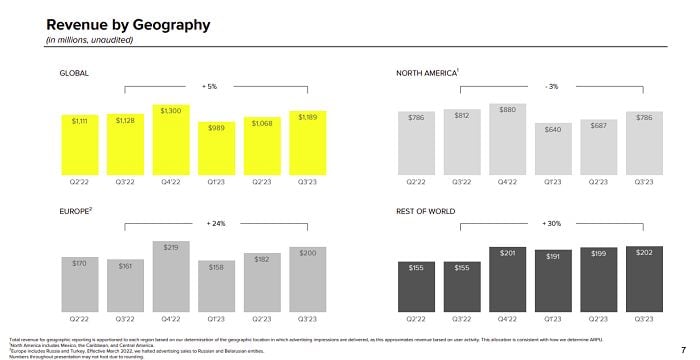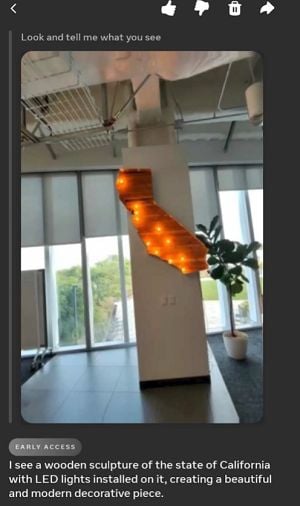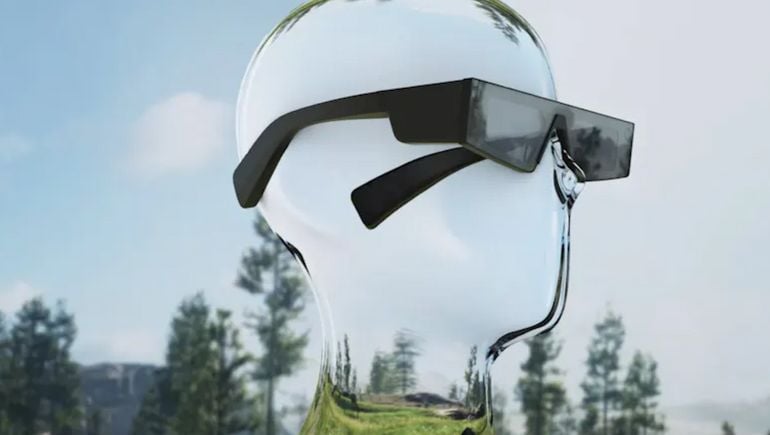What comes next for Snapchat, which is still hugely popular with younger users, and is growing at a solid rate, but is also struggling to maximize revenue, and offset its rising costs, amid tougher economic conditions?
This year, Snap has been forced to cut hundreds of jobs, and shelve some of its more ambitious projects due to these cost pressures. And despite adding more than 30 million more active users, taking it above 400 million DAU for the first time, it’s struggled to grow in North America and Europe, the regions where it generates the majority of its income (on a per user basis).
That still means that Snap has a lot of future revenue potential in emerging markets, but they’re also not bringing in a heap of money for the platform right now. And while it’s also been able to supplement its income with the rising popularity of its Snapchat+ subscription offering, which is now up to 7 million paying members, that’s still only a minor contributor to its overall business intake. At 7m subscribers, Snap will be bringing in around $81m per quarter from Snapchat+. Snapchat generated $1.189 billion overall in Q3 this year.

So with reduced resources limiting its capacity to innovate, and a need to maximize its revenue intake, where does Snap go from here?
I had assumed that Snap had an ace in the hole, via its industry-leading AR development. Virtually every AR trend has originated from Snap, and with its expanded AR creation tools, and next-level experience, it had seemed like Snap would be best placed to capitalize on the rising interest in augmented reality experiences, emerging from new AR wearables in development.
Snap, of course, is still seemingly set to release its own AR glasses, with a fully-fledged AR version of Spectacles currently in limited testing, which they’ve been developing for over two years. That’s always looked like where Snap was eventually headed, but increased production costs, and reduced spending flexibility, do seem to have at least reduced its options here too, with an actual consumer release of AR Spectacles seemingly not on the horizon at this stage.
So what does Snap do? Does it make a push anyway, in the hopes of beating out Meta and Apple in the AR wearables race, or have their projects already superseded Spectacles, reducing its capacity to generate real money from AR glasses.
That does seem to be what’s coming into view, as Meta continues to advances its Ray Ban sunglasses, which are now looking more and more like the clear leader in the space.
Sure, Apple also has its $3,499 Vision Pro headset incoming, but it’s a) tethered to a processing device, and b) ridiculously expensive.
That makes Meta’s Ray Bans more appealing, while they also look a lot better than Snap’s current AR Spectacles.

Yeah, stylistically, they’re not great, and if Meta can actually make a better-looking, functional AR headset, which look much like regular sunglasses, I don’t know that Snap will be able to compete, even if it can get its AR glasses to a commercial-release stage.
The next obvious step then would be for Snap to partner with third parties, bringing its AR knowledge to other devices and systems.
Snap’s already partnered with Apple on its AR developments, helping it test out advanced AR tools for the iPhone at different times, while The Information reported this week that Snap’s also been in talks with OpenAI about integrating ChatGPT like functionality into its AR Spectacles.
Which would replicate how Meta’s building conversational AI functionality into its glasses.

That also suggests that Snap is still developing its AR Spectacles, but it could also be the precursor to a broader partnership with OpenAI, and chief investor Microsoft, to boost Snap’s push into the AR wearables race.
Which is seemingly what Snap really needs. As an independent entity, Snap looks sustainable, and even set for growth in some areas. The problem is, Snap needs more money to develop its bigger projects right now, and for that, maybe partnering with another player could be a more viable option.
Either way, it has to move fast. If Meta’s able to release functional, fashionable AR glasses before Snap, that’ll tank the value of AR Spectacles, especially if Snap’s eventual device ends up being more expensive, and not as good as Meta’s Ray Bans.
Without a partner, I don’t see how Snap will be able to compete. But via partnership, Snap could capitalize on its lead in the AR space, and become a critical platform as it moves to the next stage.
There doesn’t appear to be anything imminent as yet, but I would be keeping an eye out for future AR partnership news from Evan Spiegel and crew.



